|
Birds of prey are birds that hunt other animals for food. This includes raptors like eagles and hawks that hunt during the day as well as owls that are largely nocturnal. All birds of prey have hooked-shaped beaks and sharp talons to catch and kill prey. However, despite a similar appearance, raptors and owls are not closely related. Eagles & Hawks - Order Accipitriformes, Family Accipitridae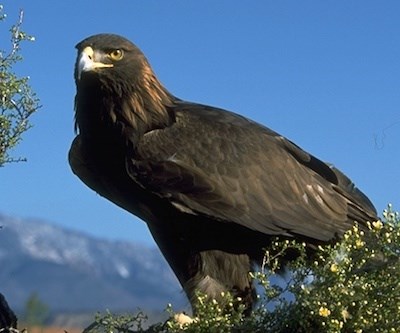
2002 Gerald and Buff Corsi © California Academy of Sciences Golden Eagle 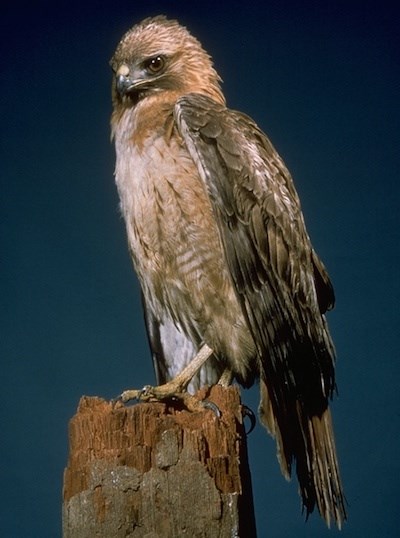
1999 George W. Robinson © California Academy of Sciences Red-tailed Hawk 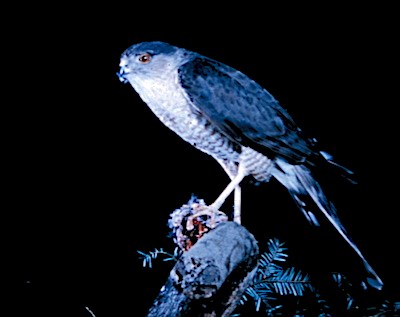
NPS Photo Sharp-shinned Hawk Owls - Order Strigiformes, Family Strigidae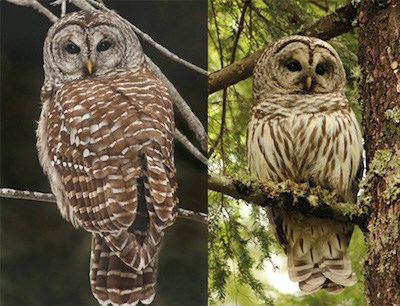
NPS Photos Barred Owl 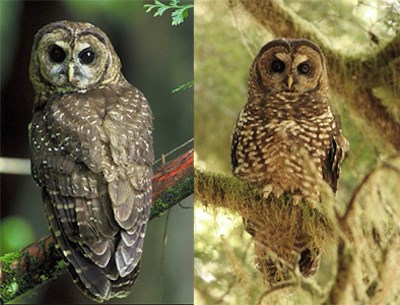
NPS Photos Spotted Owl 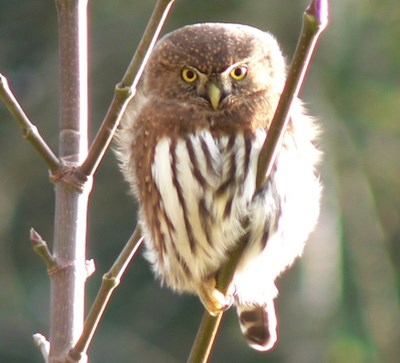
NPS/S. Redman Photo Northern Pygmy-Owl Return to Bird Guide |
Last updated: January 13, 2021
